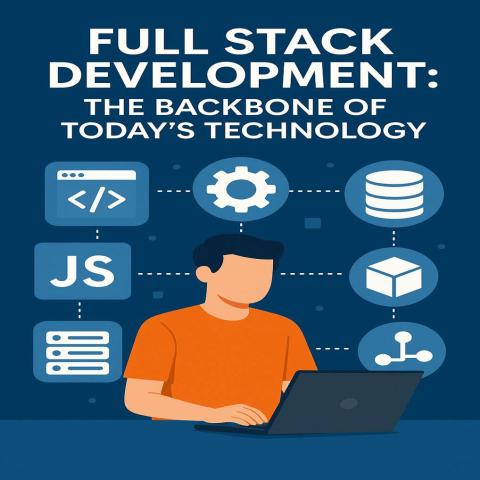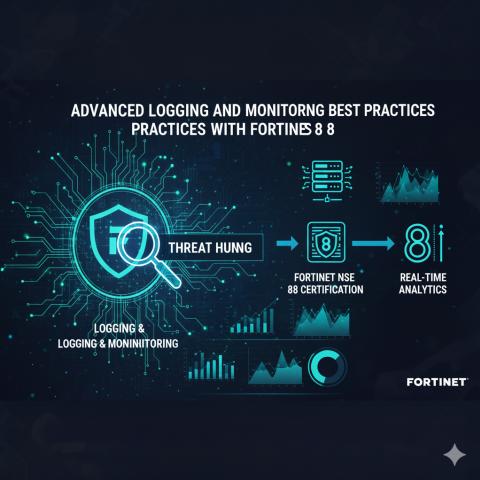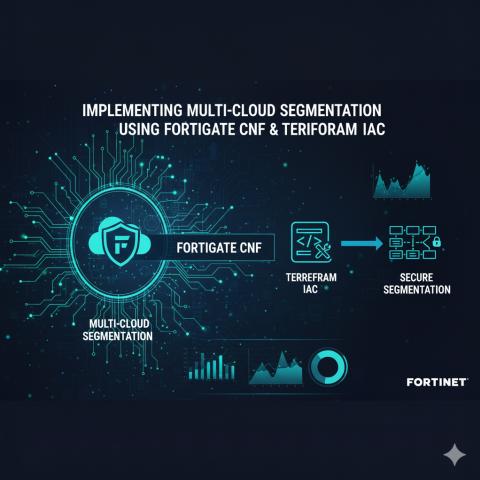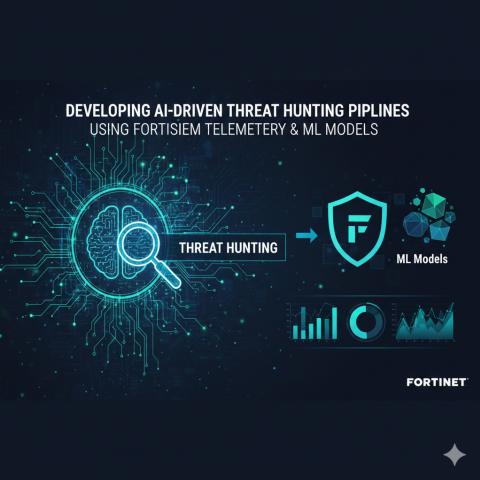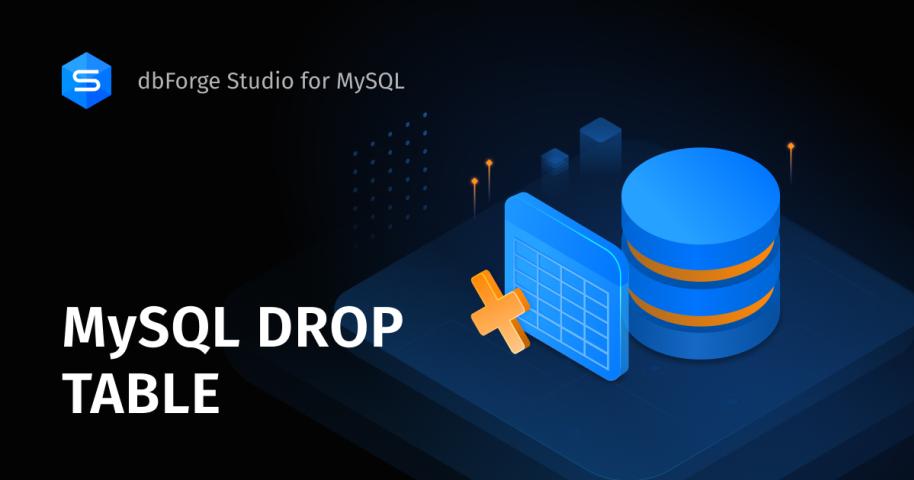Introduction:
In the fast-evolving world of Agile product development, one question consistently surfaces: Does the Product Owner role truly hold value, and does it have a future in the tech-driven workplace?
The short answer? Absolutely and it's growing in importance.
As Agile methodologies dominate industries, the Certified Scrum Product Owner (CSPO) has emerged as a strategic linchpin for successful project execution. Product Owners play a critical role in translating customer needs into actionable backlog items, guiding Scrum teams toward delivering high-value results.
With the rise of digital transformation, data-driven decision-making, and customer-centric strategies, the Product Owner role isn’t just relevant, it’s vital.
This blog explores why this role continues to evolve, how Product owner certification can accelerate careers, and why aspiring Agile professionals should invest in certified Scrum Product Owner training today.
Understanding the Product Owner Role in Scrum
Who is a Product Owner?
A Product Owner (PO) is responsible for maximizing a product's value resulting from a Scrum Team's work. As defined in Scrum frameworks, they:
Own and manage the product backlog
Communicate product goals and backlog items
Collaborate with stakeholders and development teams
Prioritize features based on business value
Ensure the team is aligned with the customer’s vision
The Product Owner’s Place in Agile Teams
The PO acts as a bridge between the business and the development team, combining market insights with user feedback to steer product development. In Scrum, this role complements the Scrum Master and Development Team to ensure continuous delivery and improvement.
In essence, the Product Owner transforms vision into value.
The Evolving Importance of the Product Owner Role
Rising Demand for Product Owners
A report from the Scrum Alliance revealed that over 87% of organizations using Scrum consider the Product Owner a critical role. As organizations adopt Agile to remain competitive, skilled POs are increasingly in demand.
According to Burning Glass Technologies, job postings for Product Owners have increased by 25% annually in the past five years.
Digital Transformation and Customer-Centricity
The modern market thrives on customer-centric product delivery. Product Owners are expected to:
Analyze and respond to customer data
Make quick, value-based decisions
Enable fast release cycles
Drive business growth through Agile innovation
As industries transition from traditional project management to product-centric models, the role of the Product Owner is expanding from tactical execution to strategic leadership.
Why CSPO Training is Crucial
What is CSPO?
CSPO (Certified Scrum Product Owner) is one of the most sought-after certifications in the Scrum framework. Offered as part of professional scrum training, CSPO validates a professional’s ability to:
Manage product backlogs efficiently
Understand Scrum principles in depth
Prioritize tasks with stakeholder alignment
Collaborate effectively with cross-functional teams
Benefits of CSPO Certification
Structured Understanding
CSPO training provides clarity on Agile values, Scrum artifacts, and real-world PO responsibilities.Better Job Opportunities
Recruiters and organizations prefer certified candidates for PO roles due to their verified expertise.Increased Earning Potential
A CSPO-certified professional can earn 25% more on average than non-certified peers in the same role.Cross-Industry Applicability
From fintech to healthcare and e-commerce, CSPO-trained professionals are in demand across sectors.Career Mobility
CSPO opens doors to roles such as Senior Product Owner, Agile Coach, or even Product Manager in the long term.
How Scrum Certification Enhances the Product Owner's Career
Complementing Scrum Master Training
While the Scrum Master ensures the team follows Scrum processes, the Product Owner drives the “what” and “why” behind the product. Professionals who undergo both Scrum Master training and CSPO training bring comprehensive leadership to Agile projects.
Product Owner Certification vs. General Agile Training
Aspect | Product Owner Certification (CSPO) | General Agile Training |
Focus | Product value delivery, backlog management, stakeholder alignment | Agile principles, frameworks, team collaboration |
Certification Weight | Highly targeted and role-specific | Broader but less role-focused |
Career Impact | Higher relevance for PO roles and strategic product leadership | Suitable for team-wide Agile understanding |
Real-World Applications of the Product Owner Role
Case Study: Tech Startup Scaling Fast with Agile
A Silicon Valley startup adopted Agile and appointed a CSPO-certified Product Owner to lead their mobile product line. Within months, product releases became faster, user satisfaction increased by 40%, and market share grew due to faster feature deployment.
Example: Enterprise Transformation
A healthcare company restructured its IT division using Scrum. By appointing trained Product Owners in every product line, they achieved a 50% reduction in delivery delays and improved cross-department collaboration.
These examples reflect the value POs bring when equipped with the right skills through certified scrum product owner training.
The Future Outlook for Product Owners
Career Path Progression
Product Owner (0–2 years)
Senior Product Owner (2–5 years)
Product Manager / Chief Product Owner (5–8 years)
Agile Program Manager / Head of Product (10+ years)
Skills Driving Future Relevance
Business analysis and stakeholder management
Agile estimation and prioritization
Strategic product thinking
Data analytics and user research
Experience with tools like Jira, Confluence, and Productboard
The future of work demands agile leaders who can respond to change with speed and clarity — making Product Owners indispensable.
The Role of Training in Shaping Future-Ready POs
Why Choose H2K Infosys for Scrum and Product Owner Training?
At H2K Infosys, we offer:
CSPO Training designed for real-world relevance
Agile Scrum Master Courses with project-based learning
Hands-on case studies, mock sprints, and stakeholder simulation
Resume guidance and mock interviews to help you land high-impact roles
Our industry-aligned curriculum ensures that you not only learn but also apply Agile skills in real business scenarios.
How to Get Started — Step-by-Step Guide
Step 1: Enroll in CSPO Training
Choose a provider like H2K Infosys that focuses on practical learning and experienced instructors.
Step 2: Learn Scrum Fundamentals
Understand Scrum values, events, roles, and artifacts deeply.
Step 3: Practice Product Ownership
Work on backlog refinement, user stories, stakeholder engagement, and sprint planning.
Step 4: Earn Your CSPO Certification
Upon completing the training, earn your certificate and add it to your resume and LinkedIn.
Step 5: Prepare for Interviews
Use H2K Infosys career services to get ready for interviews, including behavioral and scenario-based questions.
Conclusion:
The value of the Product Owner role is only increasing in today’s Agile-driven business world. Organizations need strategic thinkers who can deliver products that meet customer needs and drive growth.
With CSPO training Scrum master training and placement support from H2K Infosys, you can step confidently into a future-proof career path.
Ready to step into a rewarding Agile leadership role? Enroll in H2K Infosys’ CSPO training today and build your future in Agile product delivery.



